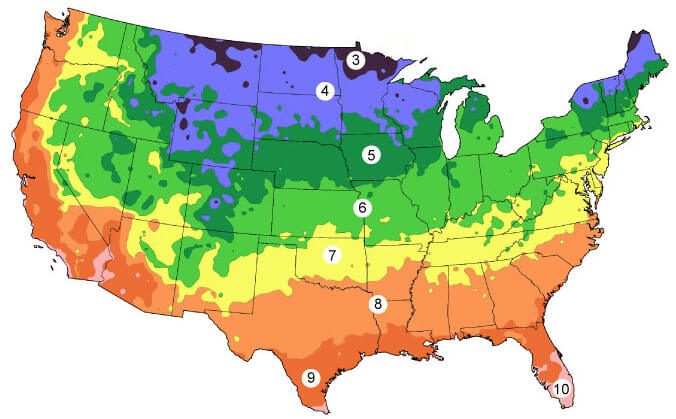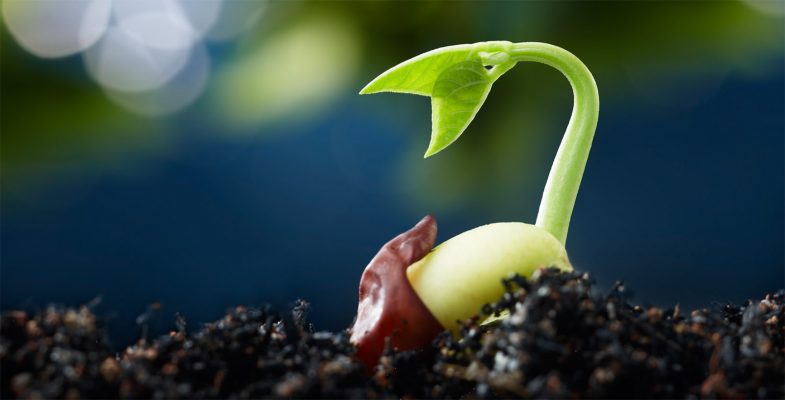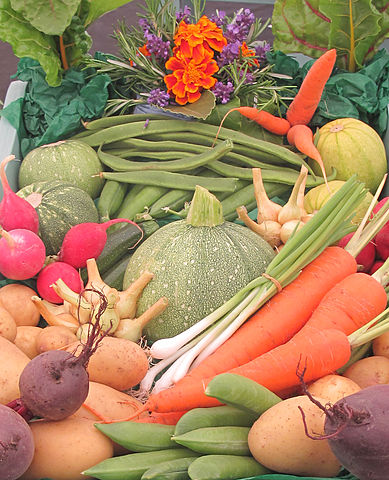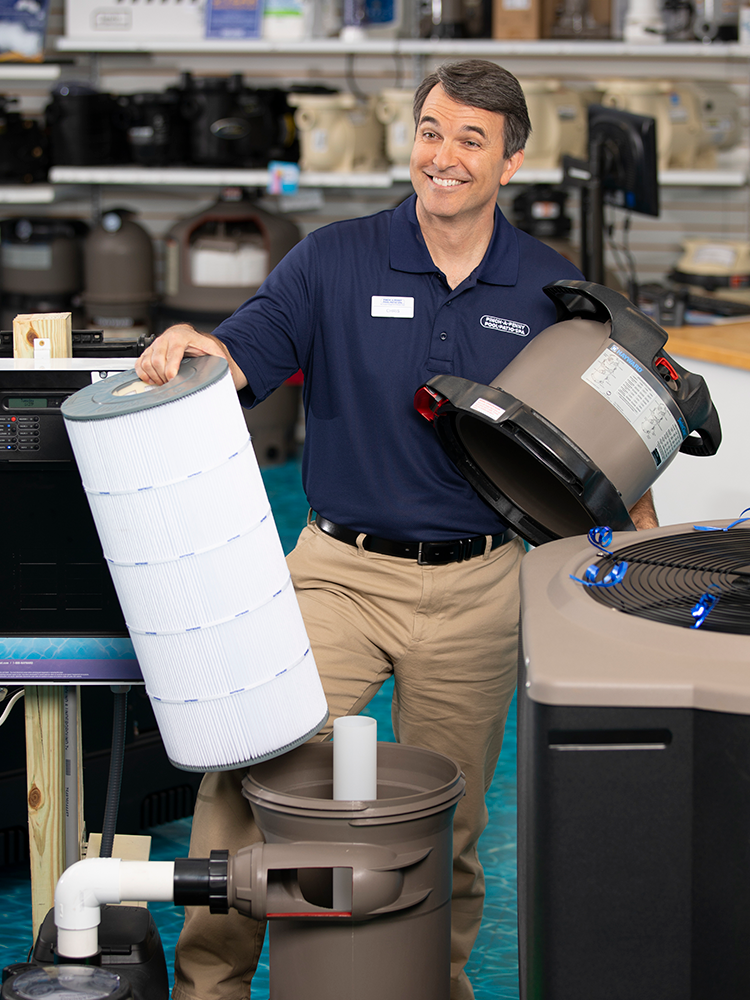One of the benefits of living in the South is being able to grow vegetables year-round and produce your own food. Not only will it save you money on groceries, but many vegetables require pollen transfer to complete their growth, making it a great way to attract pollinators to both your flower garden and vegetable garden.1 Whether you’re looking to grow a full back yard garden or just to plant a select few vegetables for your personal use, here are some tips on starting a vegetable garden of your own this fall.

Image Credit: Garden Tower Project
Before you begin any type of gardening, it’s best to do a bit of research. You’ll need to find your USDA Hardiness Zone in order to select the best plants for your region. If you’re in the south, chances are you’re in Zones 8 through 10.2 Most vegetables will do well in the southern climate but may do better if you plant them during certain times of the year. With any vegetable, it’s best to start the seeds in a controlled environment prior to planting them in the ground.3

Image Credit: Garden Tower Project
When you’re just about ready to plant your seedlings, you’ll want to prepare the area you’ll be planting by pulling up and weeds and dead plants.4 Next, you’ll want to find your area’s first frost date range. Most of Florida and Southern Texas Fall in the November 30-December 30 zone, while most of the rest of Texas, Northern Florida, and the states in between fall in the October 30-November 30 zone. Be sure to check a zone map since there are a few exceptions if you live in the far north or far south end of a state.5 Knowing your first frost is important because some plants will need to be harvested before the frost comes, while others can tolerate a light frost and can be planted a little later.4

Image Credit: ThomasLendt / CC BY-SA (https://creativecommons.org/licenses/by-sa/4.0)
Now that you’ve done your research and you know your Hardiness Zone and your first frost dates, the fun begins! You’re now ready to start selecting what types of vegetables you want to grow this fall. Some common vegetables like lettuce, spinach, cucumbers, and tomatoes are great additions to any fall garden.6 You’ll also find carrots, broccoli, kale, and beets to be hardy fall vegetables.7 The possibilities are endless! Once you get your garden planted, be sure to check how often you need to water each plant and to harvest the vegetables according to the timetable of that particular plant.

Image Credit: By Man vyi - Self-photographed, Public Domain, https://commons.wikimedia.org/w/index.php?curid=10867215
No matter what vegetables you choose, your homegrown veggies are a welcome addition to your fall dishes and sides. Be sure to visit your local Pinch A Penny store for more ways to beautify your backyard this fall from patio furniture to landscape lighting!
*Product selection and services may vary by location.
1. Your Vegetable Garden Needs Pollinator-Friendly Flowers
3. Vegetable Planting Schedule, Hardiness Zone Look-up, & Germination Temperature Chart
4. How to Plant a Southern Fall Vegetable Garden
5. Your First Fall Frost Date is Coming: Here's What You Need to Know
Share This Post

